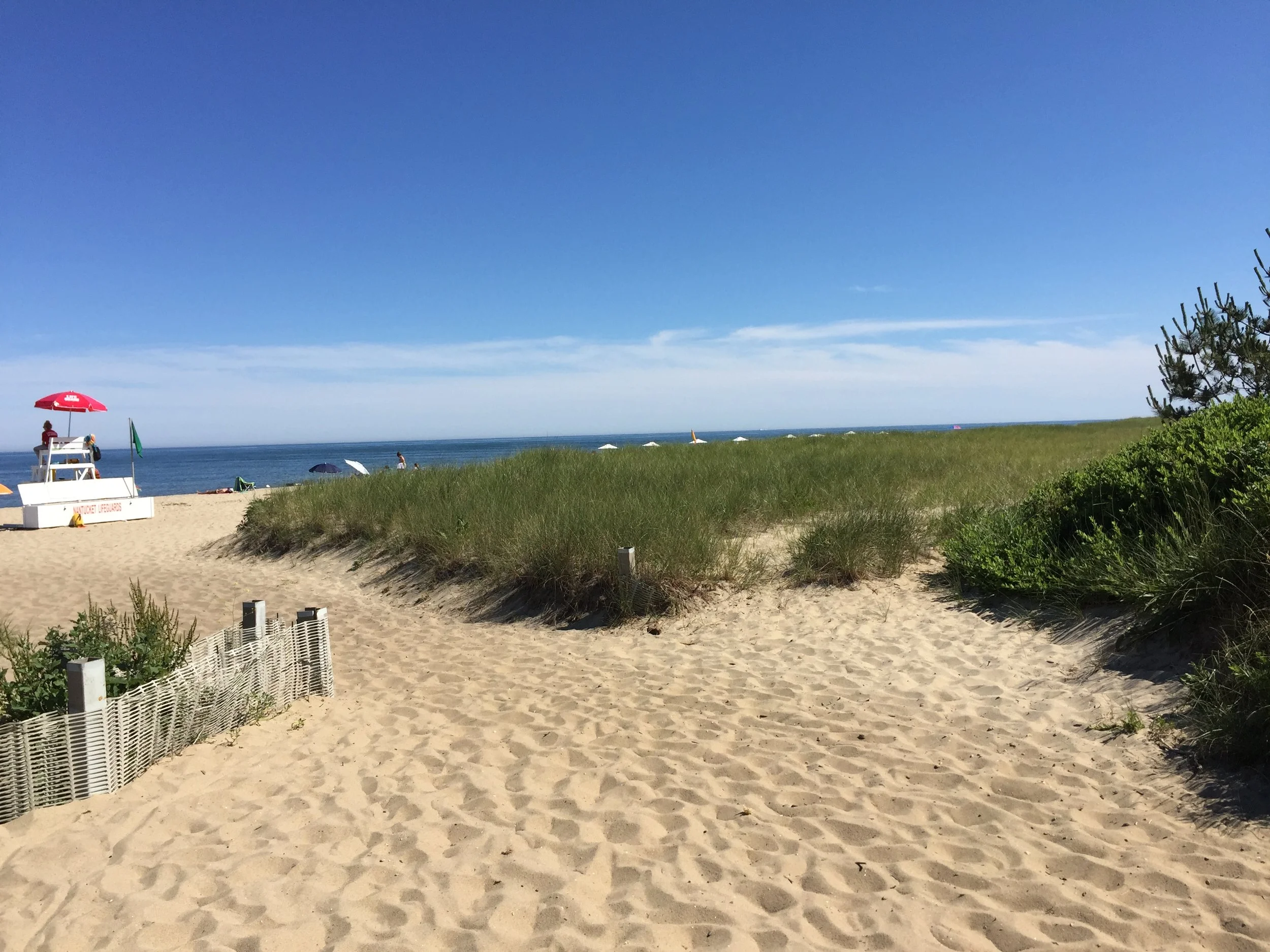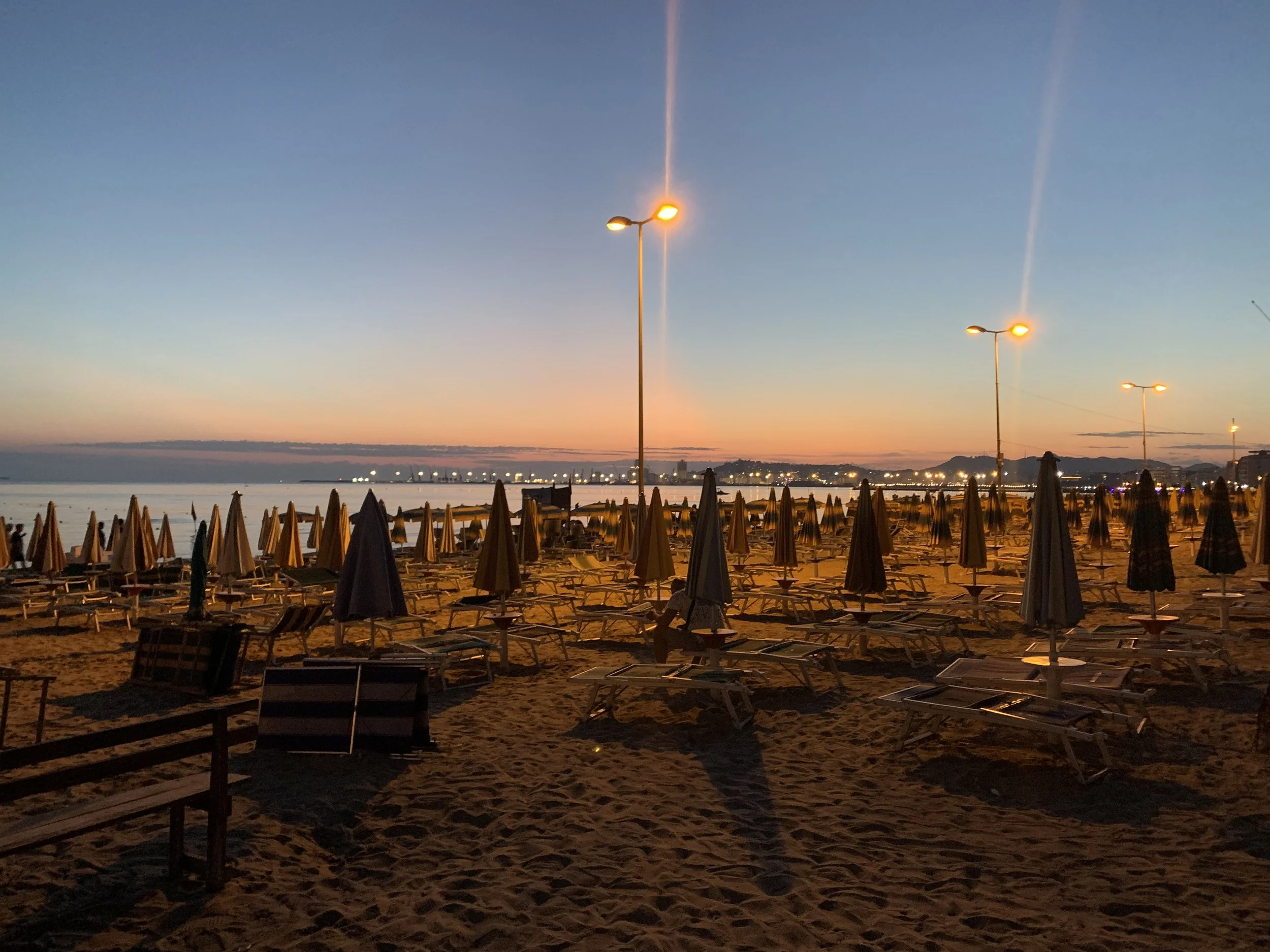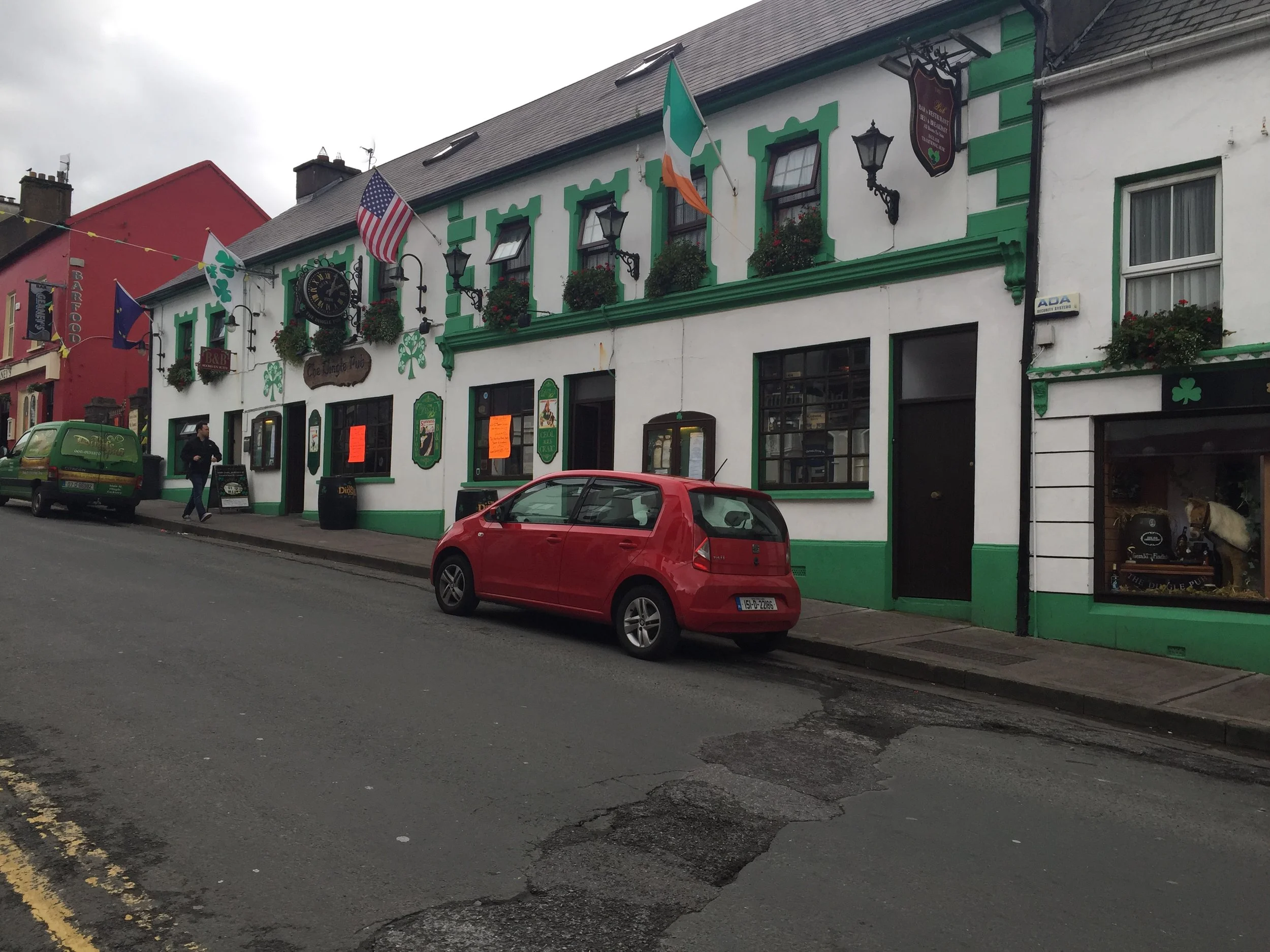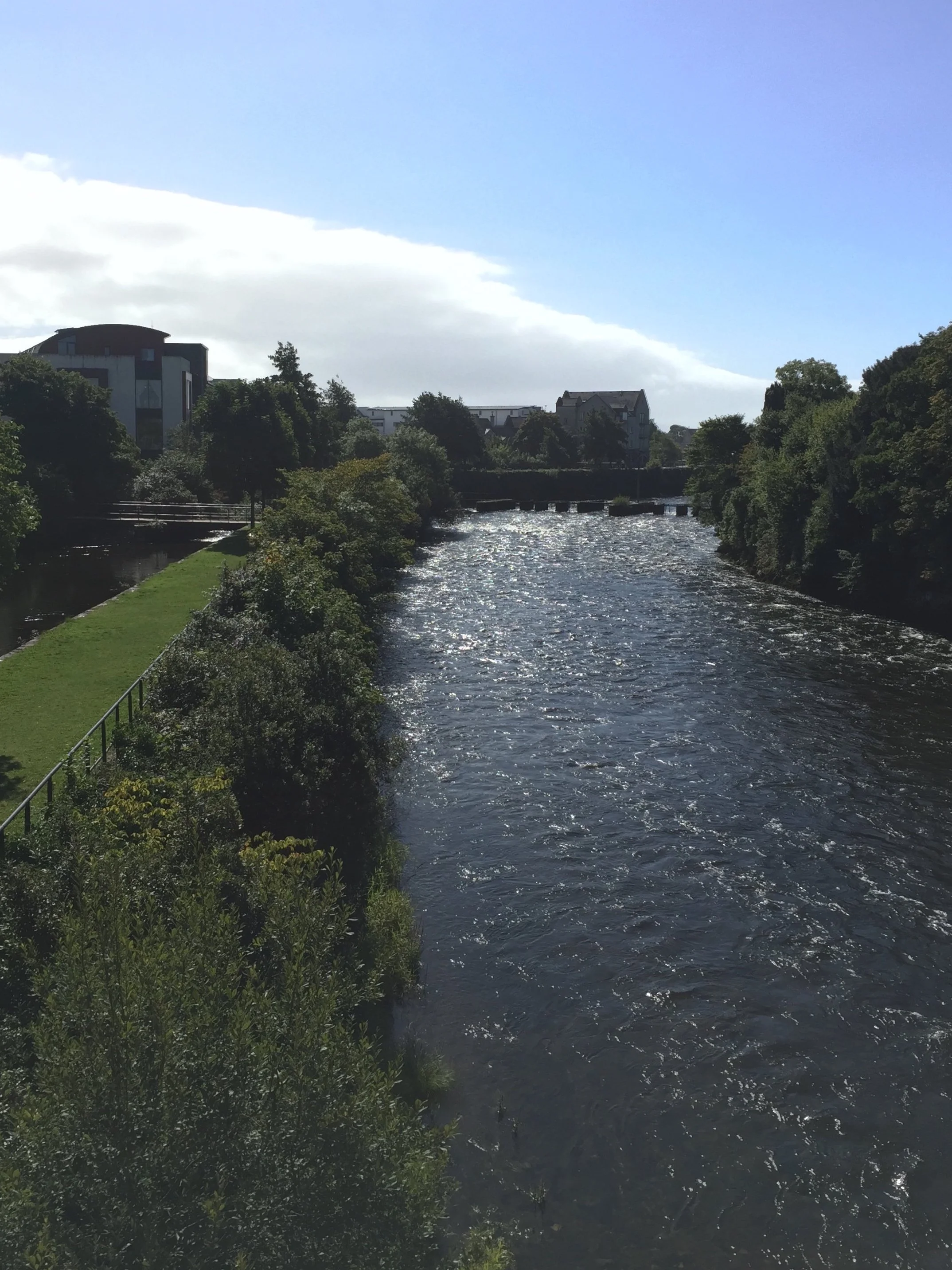
product inputs
much is known about materials and products that are bad for the environment but what are alternatives, what will be better… or even good… for the environment, and can we economize this?
recycled inputs
breaking down used materials either chemically or mechanically to create a useable material
Repreve® (Dagne Dover)
Shore-Tex(tm) and Shor-Plast (tm) (Solgaard)
Better Canvas (tm) (nothing new)
Leather2 (nothing new, recycled leather)
rPET (recycled polyester)
Biodegradable & “Earth Friendly” inputs
Micromodal fabric - base of rayon, or cellulose from beech trees. A soft and silk like texture, durable, breathable, moisture wicking, biodegrade.
Modal (Tencel®) - brand that uses micro modal fibers extracted from naturally grown beech wood in a closed loop process, self-sufficient in energy and recovers co-products from component parts of the wood
Eucalyptus Tree Fibers - biodegradable fiber rom Eucalyptus trees
Lyocell (Tencel®) - rayon manufacturing process (and brand)
Upcycled inputs
using products in a new way without processing or breaking down original inputs. this can be better for the environment by reducing byproducts and keeping the integrity (and longevity) of the original input.
Polyester (main input of plastic bottles)-new techniques being developed to upcycle keeping the integrity of the plastic and reduce micro plastic
Agra-Loop™ Bio Refinery-uses
reused or disposed fabric
pulled from original use and repurposed into reams of fabric for clothing or accessories.cotton
billboards
sails
Surplus linens and fabrics from factories:
deadstock linen - buzzword for unused linens from overstocking or other reasons



